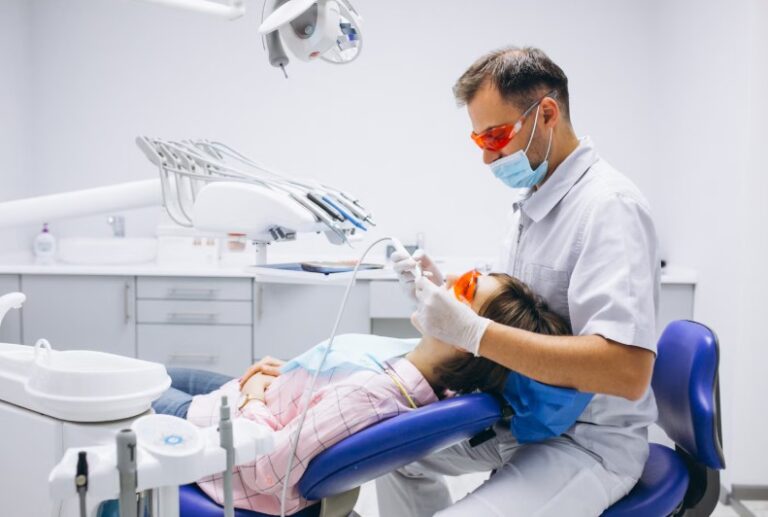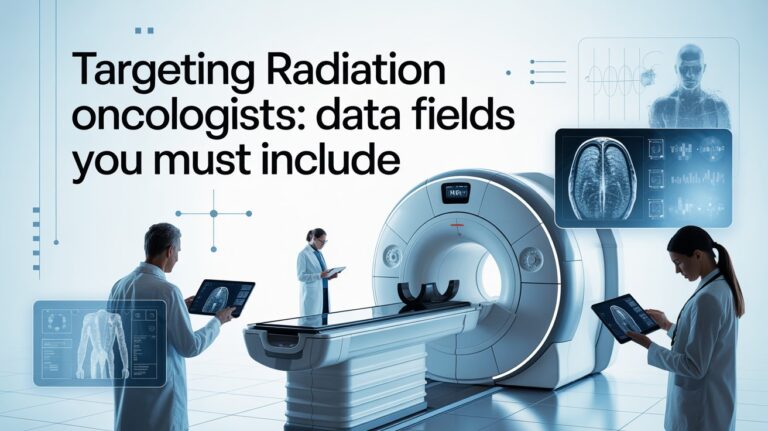
You visit your Victoria dentist and hear about X-rays. You might wonder why they’re important. X-rays help your dentist see the health of your teeth and gums. They find hidden problems like cavities and bone loss. These tools let your dentist see what the eye can’t. This helps in finding issues early before they worsen. X-rays aren’t just for emergencies. They’re part of regular care. Your dentist uses them to track changes in your mouth over time. This careful watch helps protect your oral health. Understanding these tools can lessen any fear you might feel. Knowing how they work and why they matter gives you confidence. Regular dentist visits combined with X-rays lead to better care. This blend of technology and expertise ensures your dental health stays on track. Your smile will stay strong and healthy, bringing you peace of mind.
How X-Rays Work
X-rays are like a camera. They take pictures of your teeth and bones. The images show what’s inside your mouth without cutting or poking. This makes it easier for your dentist to find problems. There are different types of X-rays. Each type looks at a different part of your mouth. For example, bitewing X-rays show the upper and lower back teeth. Panoramic X-rays show the entire mouth. Each type has a specific purpose in helping your dental team understand how to care for your teeth.
Types of Dental X-Rays
Here is a simple comparison of common X-ray types used in dentistry:
| Type | Purpose | Area Covered |
| Bitewing X-rays | Detect cavities and check bone levels | Upper and lower back teeth |
| Periapical X-rays | Show whole tooth from crown to root | Entire tooth and surrounding bone |
| Panoramic X-rays | Provide a broad view of mouth structures | Teeth, jaws, and surrounding tissues |
Safety of Dental X-Rays
Dental X-rays involve low radiation levels. The benefits of finding dental problems early outweigh potential risks. Protective measures, like lead aprons, are used to minimize exposure. It’s important to discuss any concerns with your dentist. They can adjust the frequency and type of X-rays based on your individual needs.
Other Diagnostic Tools
Besides X-rays, dentists use other tools to diagnose dental problems. Visual exams are the first step. Your dentist inspects your mouth with mirrors and lights. They look for signs of decay, gum disease, and other issues. They also use tools to measure gum pockets. This helps check for signs of oral diseases.
Technology Enhancing Dental Diagnostics
Modern technology helps dentists diagnose more accurately. Digital X-rays are now common. They use electronic sensors instead of film and are faster. They provide clearer images and reduce radiation exposure. Another tool is intraoral cameras. They take close-up pictures of your mouth. These images show areas your dentist discusses with you.
Benefits of Regular Dental Check-Ups
Regular dental visits help maintain oral health. They allow for early detection of problems. This can prevent pain and costly treatments later. Combining check-ups with X-rays and other tools ensures thorough care. Your dentist can tailor a plan based on your specific needs. This proactive approach leads to healthier teeth and gums.
Addressing Common Concerns
Some people worry about discomfort from diagnostic tools. Understanding their purpose and function can ease these concerns. Dentists are trained to use these tools gently. If you feel anxious, tell your dentist. They can explain each step and help you feel at ease.
Also Read: The Role Of Family Dentistry In Treating Common Oral Health Issues
Conclusion
X-rays and diagnostic tools play a vital role in dental health. They help in spotting issues early and ensure effective care. Regular visits to your dentist, along with these tools, ensure your smile stays healthy and bright. Trust in the expertise of your dental team. They are there to guide you and ensure your oral health journey is smooth and reassuring.






